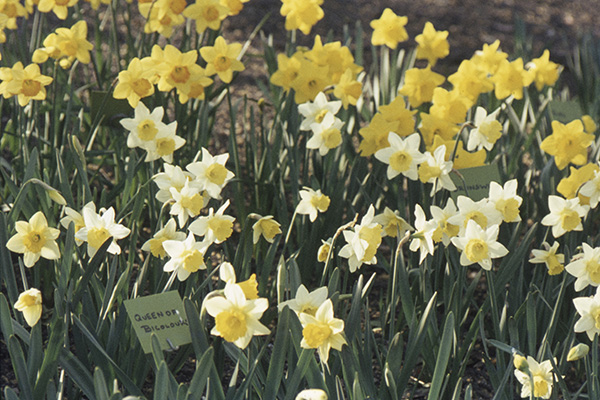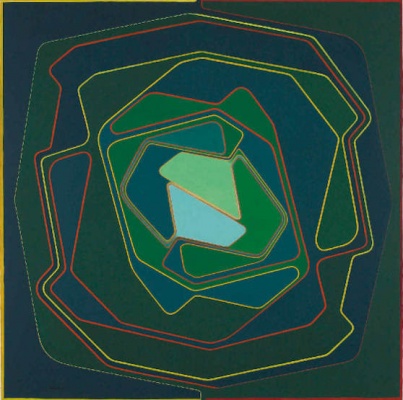Descripción de la Exposición
MAISTERRAVALBUENA está encantada de anunciar la inauguración de su nueva galería en Lisboa con la exposición Ways of the hand comisariada por João Mourão y Luís Silva con la presencia de los artistas Leonor Antunes, Haris Epaminonda, Joana Escoval, Iman Issa, Magdalena Jitrik, André Romão y Christodoulos Panayiotou.
La mano es un órgano localizado al final del antebrazo, en sus cinco dedos se encuentra una de las áreas más densas de terminaciones nerviosas del cuerpo y constituye la fuente más valiosa de información táctil. Por lo tanto, el sentido del tacto está íntimamente ligado con las manos. Pero, ¿qué hay realmente en una mano? Una mano toca y tiene la capacidad de hacer un infinidad de cosas diferentes; puede empezar un fuego, quebrar una piedra y convertirla en arma, iniciar una guerra, apretar otra mano o decir adiós. Pero una mano también cuenta una historia. Dando forma a las cosas, moldeándolas, una mano narra el nacimiento de las cosas, al igual que su desaparición en el olvido. Una mano convierte los materiales en formas y las formas en narraciones.
Ways of the hand explora y parte de la noción de la existencia de una cadena de significado que conecta íntimamente el material, la forma y la narrativa de los objetos creados por el hombre. Los artistas de la exposición han reflexionado, cada uno con un método y resultados diferentes, a cerca de las nociones de artesanía y memoria, ficción y forma, materialidad, valor y conciencia.
Sus obras nos llevan a pensar que forma, función, material y narrativa están bajo el control de la mano.
Agradecemos la colaboración de las galerías Vera Cortês, Rodeo, Air de Paris, Kamel Menour, Ignacio Liprandi.
____________
With André Romão, Christodoulos Panayiotou, Haris Epaminonda, Iman Issa, Joana Escoval, Leonor Antunes and Magdalena Jitrik
Curated by João Mourão and Luís Silva
Ways of the hand is a project curated by Lisbon-based duo João Mourão and Luís Silva and is the inaugural exhibition of Maisterravalbuena's new space in Lisbon.
A hand is a prehensile organ located at the end of the forearm. Its five fingers contain some of the densest areas of nerve endings in the body, and are the richest source of tactile information. They also have the greatest positioning capability of the body; thus, the sense of touch is intimately associated with hands. But what's in a hand, really? A hand touches and a hand can make and do a million different things; it can start a fire, it can brake stone and turn it into a weapon, it can start a war as well as signal piece. It can shake another hand or wave goodbye. But a hand can also tell a story. By giving form, by shaping things, a hand tells a story, a hand tells of things coming into existence and fading into oblivion. A hand turns materials into forms and forms into narratives.
Ways of the hand departs from and explores the notion of the existence of a chain of meaning, affect and visuality connecting the material, the formal and the narrative nature of human made objects. The artists in the exhibition have all been exploring, through very different approaches and very different results, notions of craftsmanship and memory, fiction and form, materiality, value and consciousness.
In André Romão's sculpture, the imposing transparency, geometry and artificiality of a plexiglas structure is brought to tension by the stillness, yet metaphorical aliveness of a taxidermied beetle; Cristodoulos Panayiotou's improvised copper fountain simultaneously testifies the relation between history, economical value and political struggle; Haris Epaminonda's film is an abstract narrative, a poetic series of carefully and meticulously staged scenes in which human categories of experience such as love, life, death and longing are explored. In Iman Issa's pieces, the hypothetical and fairly oblique relation between abstract objects and fictional narratives of power and celebration make explicit the tie between materiality, form and memory. Joana Escoval's set of delicate and evocative wall sculptures, made from a custom alloy of copper and gold, deal with notions of passage, transition, transformation and endless ramification, from one state to another, from one path to another, from one system to another. Measuring is a privileged way for Leonor Antunes to engage with what surrounds her and the sculpture now being presented is a testimony to that. It translates Antunes's measurements of modernist architecture into a subtle yet clear form of protest against a certain ideal of purity and disembodiment. Magdalena Jitrik's abstract paintings explore and demystify the narratives and tropes of modernism. Once loaded with the promise of the future, now nothing but the narrative of a once revolutionary past.
These are a few of the ways of the hand. They remind us of that not only the physical properties things are given tell a story, one of personal subjectivity, specific modes of being in and of the world and specific modes of production, but that narrative does in turn shape objects and how we relate to them. Form, function, material and narrative are all under the control of the hand.

Actualidad, 17 may de 2017
#loquehayquever en Portugal: las exposiciones más destacadas en torno a ARCOlisboa
Por PAULA ALONSO POZA
ARCOlisboa celebra su segunda edición y se convierte en una cita ineludible del panorama portugués. Museos y galerías inauguran estos días las exposiciones con las que dan la bienvenida a ...

Premio. 13 mar de 2025 - 27 abr de 2025 / Madrid, España
Componer Saberes para imaginar y construir futuros sostenibles

Exposición. Desde 28 mar de 2025 / Artium Museoa - Museo de Arte Contemporáneo del País Vasco / Vitoria-Gasteiz, Álava, España

Formación. 01 oct de 2024 - 04 abr de 2025 / PHotoEspaña / Madrid, España